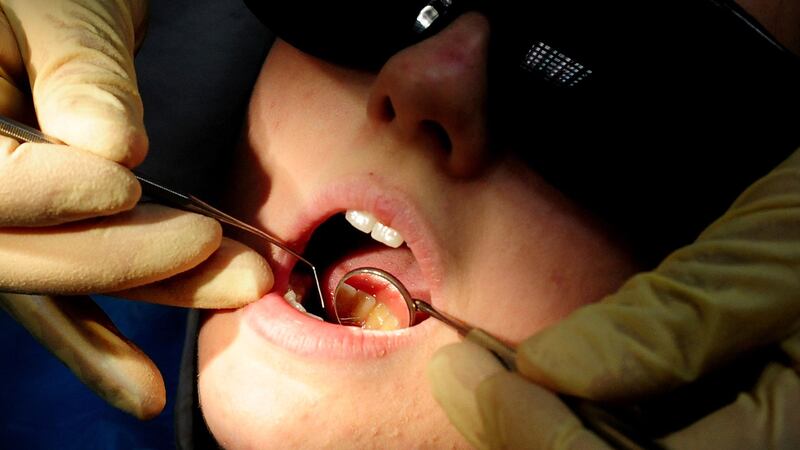Scientists believe they have identified how overexposure to fluoride can cause defects in tooth enamel that can increase the risk of decay.
Researchers in the US say excessive fluoride exposure can alter the way tooth enamel cells are formed, causing the thin outer covering of the tooth to become soft and discoloured, leading to a condition known as fluorosis.
Fluorosis occurs when children between birth and around nine years of age are exposed to high levels fluoride.
While low levels of fluoride help strengthen and protect tooth enamel, fluorosis can increase the risk of tooth decay.
This condition cannot be reversed because unlike bone, enamel does not remodel once formed.
Dr Rodrigo Lacruz, an associate professor of basic science and craniofacial biology at NYU College of Dentistry and the study’s senior author, said: “The benefits of fluoride for oral health considerably outweigh the risks.
“But given how common dental fluorosis is and how poorly understood the cellular mechanisms responsible for this disease are, it is important to study this problem.”
Around 5.8 million people in England receive fluoridated water, with around 1mg of fluoride added per litre of water, a level found to reduce tooth decay levels.
But overexposure to fluoride during early childhood, which might involve taking a higher-than-recommended amount of a fluoride supplement or overuse of toothpaste, can cause dental fluorosis.
Tests on mice showed that when dental enamel was exposed to fluoride, it decreased the amount of calcium, a mineral crucial to the health of the bones, being stored in the cells.
🦷 Supervised brushing is a key tool to help set children up for a life free from decay. https://t.co/TXut3foQYa pic.twitter.com/mQR5EriY0I
— BDA (@TheBDA) December 17, 2019
They also found fluoride disrupts the function of mitochondria, the cells’ power generators.
The researchers then sequenced the RNA, the molecules essential to protein synthesis, of the enamel cells exposed to fluoride and found an increased expression of genes related to stress response proteins.
Dr Lacruz said: “This gives us a very promising mechanistic view of how fluorosis arises.
“If your cells have to make enamel, which is heavily calcified, and due to exposure to too much fluoride the cells undergo continued stress in their capacity to handle calcium, that will be reflected in the enamel crystals as they are formed and will impact mineralisation.”
The study is published in Science Signaling.








